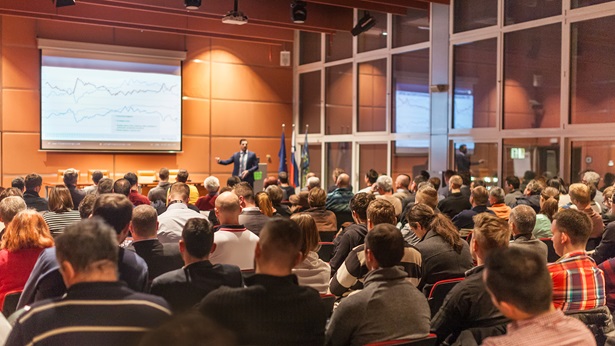Estimated Costs of Building Code Changes
Home Innovation Research Labs has produced a series of reports for NAHB estimating the expected cost impact (savings or increase) of significant code changes approved for new editions of the International Residential Code (IRC). In each report, impacts on construction practices, material quantities, and costs are evaluated using four reference designs typical of new houses being constructed.
Cost Impact of Building a House in Compliance with IWUIC. This study estimates the the cost of building homes to the International Wildland-Urban Interface Code to resist the effects of wildfires as compared to minimum code requirements outside wildfire-prone areas. The estimates range from a potential saving of $1,000 if wood siding is replaced with fiber-cement board siding, to a cost of $38,000 if vinyl siding is replaced with brick veneer. Additional costs of $4,300 to $6,700 would be incurred if fire sprinklers are required for the house.
Estimated Costs of the 2018 ICC Code Changes for Multifamily Buildings. Shows minimum cost impacts for multifamily construction ranging from a $2,500 to a $25,000 increase per building over the 2015 IBC and related codes. If required by the local fire marshal or the builder’s insurance company, a fire watch during construction could cost as much as $233,000 to $328,000 per building.
Estimated Costs of the 2018 IRC Code Changes. Shows modest cost impacts for most homes ranging from a minor $100 increase to a $600 savings over the 2015 IRC. Homes in moderate or high-seismic regions or coastal flood zones may see significant cost increases. New options for insulating attics may provide significant savings.
Estimated Costs of the 2015 IRC Code Changes. Show cost impacts for most homes ranging from a $2,000 increase to a $600 savings over the 2012 IRC. The biggest cost increases are in required footing sizes and sealed rooms for gas-fired furnaces and water heaters. The biggest cost savings are from reductions in hot water pipe insulation and less conservative wall bracing.
Estimated Costs of the 2012 IRC Code Changes. Shows significant cost increases for most homes, ranging from a $4,900 to a $13,800 increase over the 2009 IRC. The bulk of the increase is due to additional stringency in the energy efficiency provisions, followed by flashing and mechanical ventilation requirements.
Estimated Costs of the 2009 IRC Code Changes. Shows significant cost increases for most homes, ranging from a $6,100 to a $16,100 increase over the 2006 IRC. The primary drivers of the cost increases are the fire sprinkler mandate, energy-efficiency increases, and arc-fault circuit interrupter requirements.



